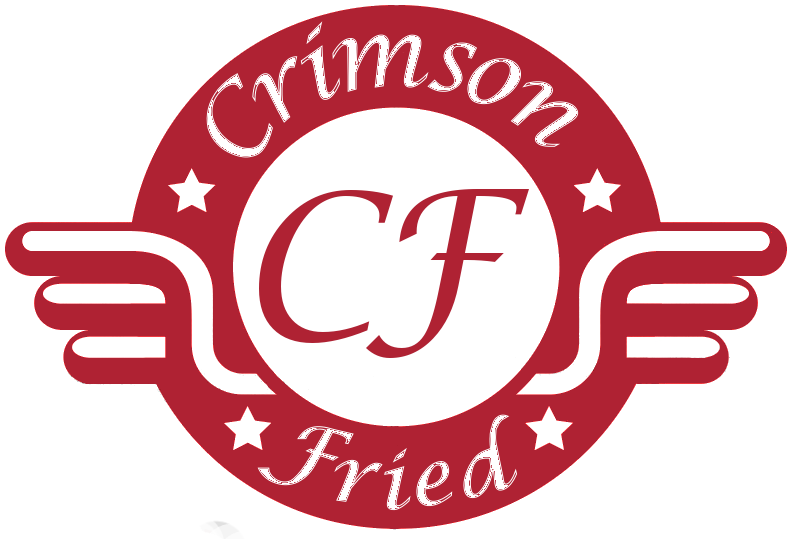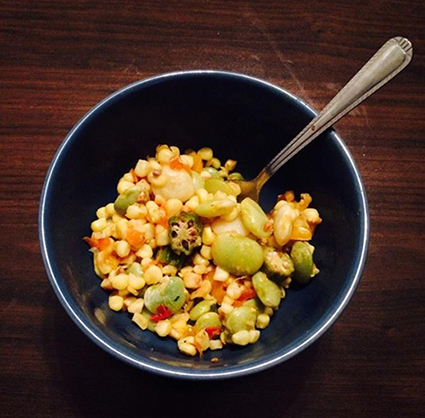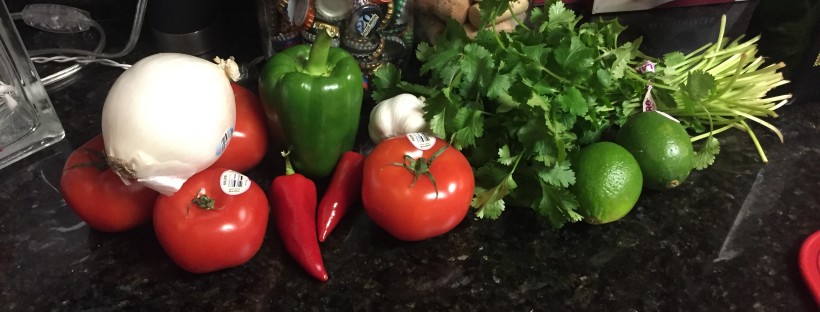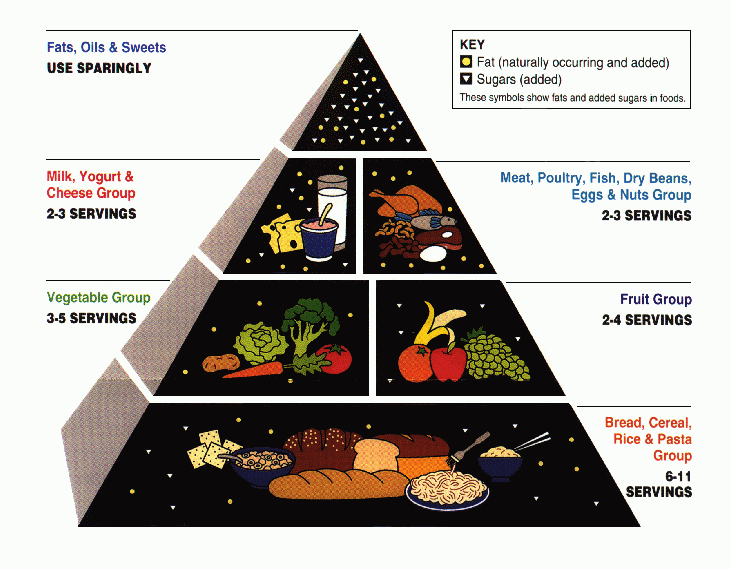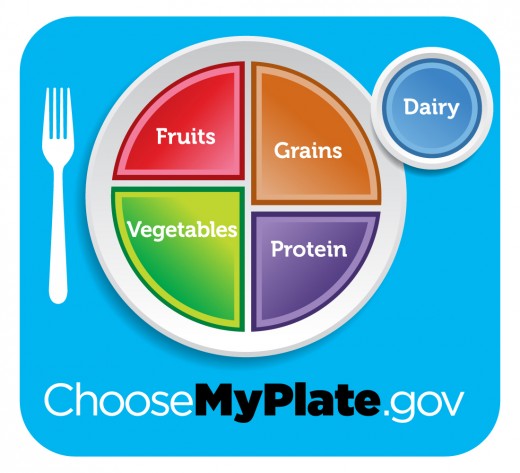“We’ve seen mayors building safe spaces where children can play, faith leaders
educating their congregations about healthy eating, and parents
preparing healthier meals and snacks for their kids.”
-First Lady Michelle Obama
“The Business Case for Healthier Food Options”
I can imagine that being the First Lady of the United States comes with some benefits. For starters, you get to live in one of the most iconic houses in America, and maybe become close friends with a celebrity or two (Beyoncé, anyone?). Of course, another incredible perk of the position is the opportunity to pursue your own political platform. So while her husband has been busy healing our relationship with Cuba and amending our healthcare system, among other things, Mrs. Obama has brought about great changes as well. One of her programs is the Let’s Move! initiative, which promotes exercise and healthier eating for the youth of America. Continue reading
